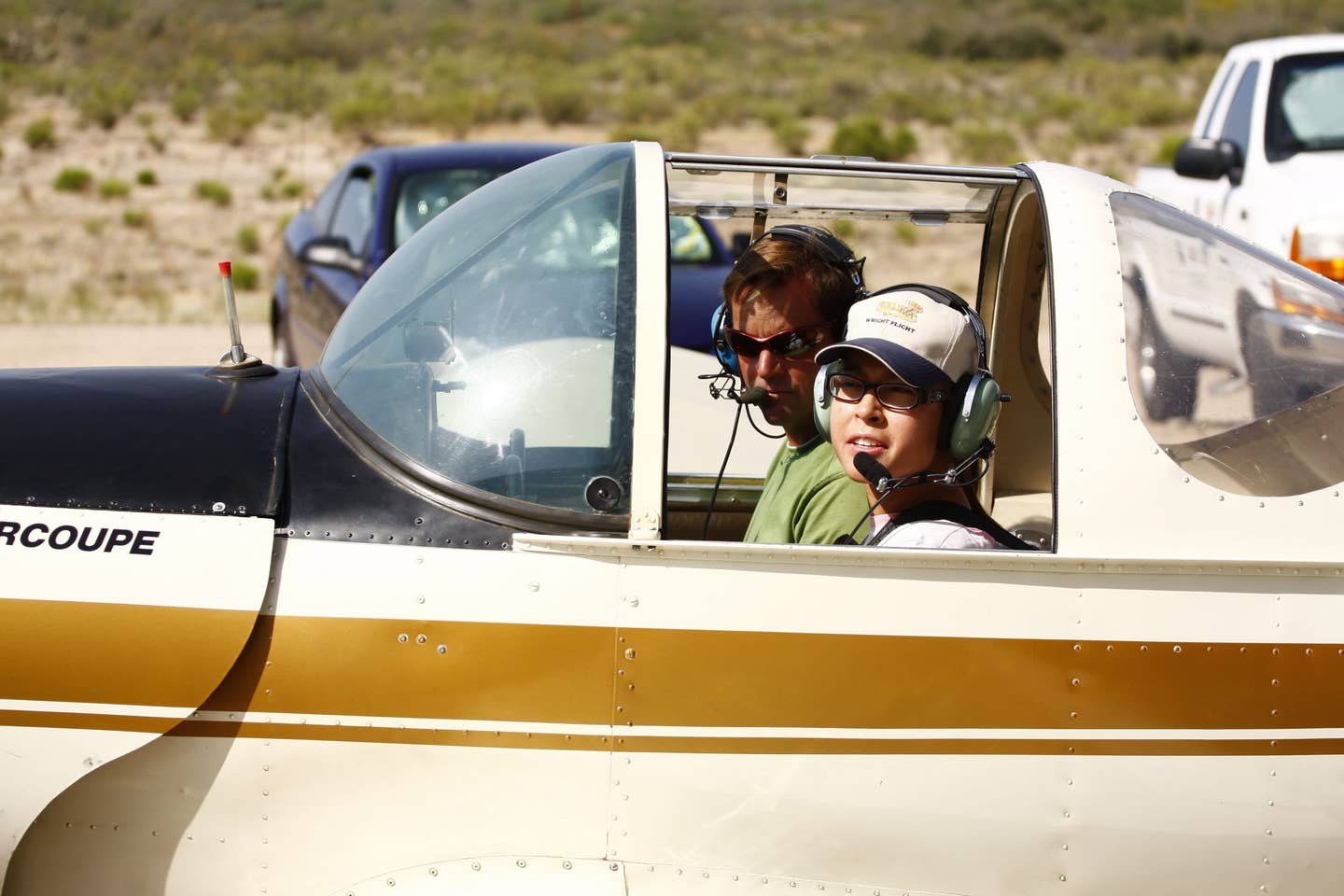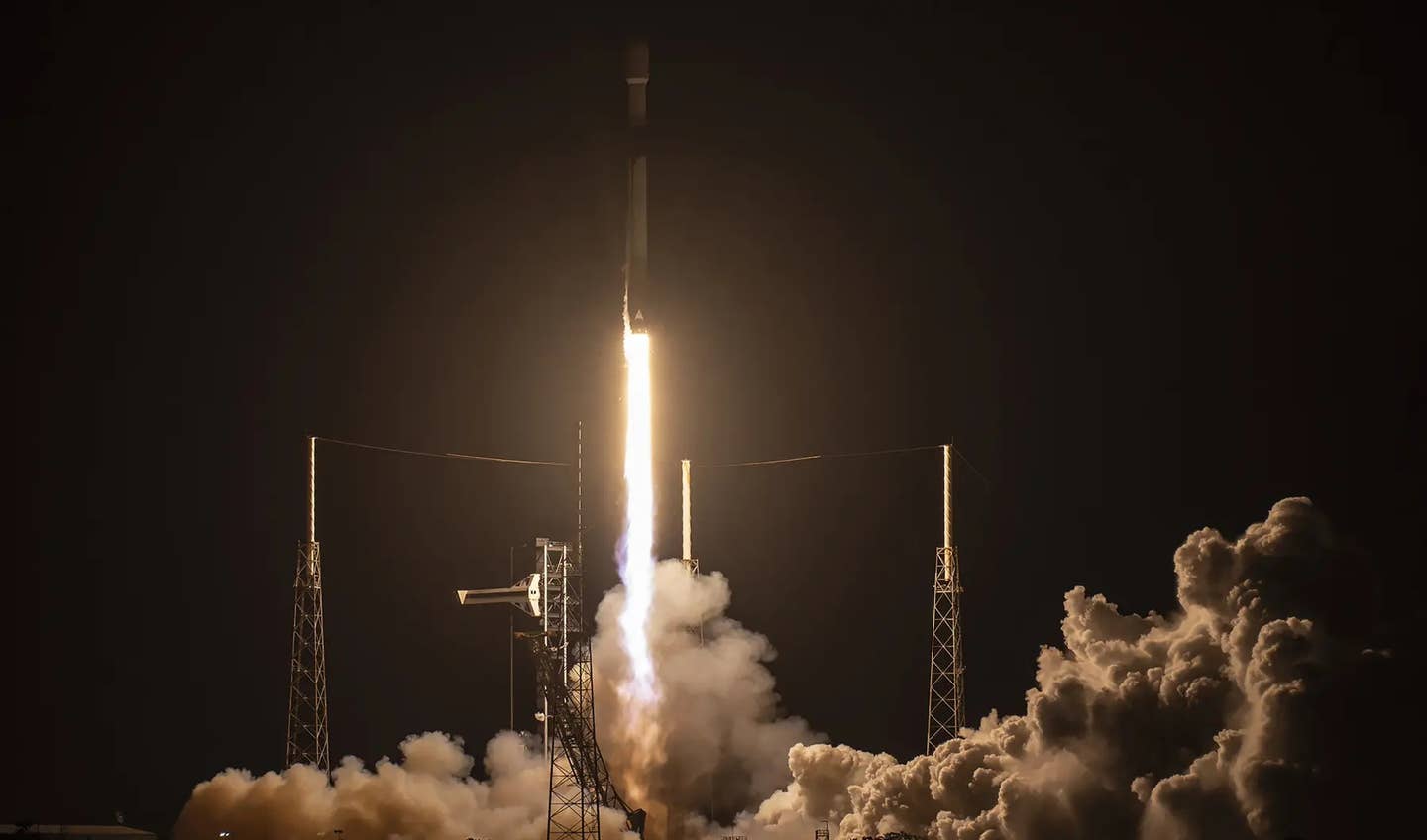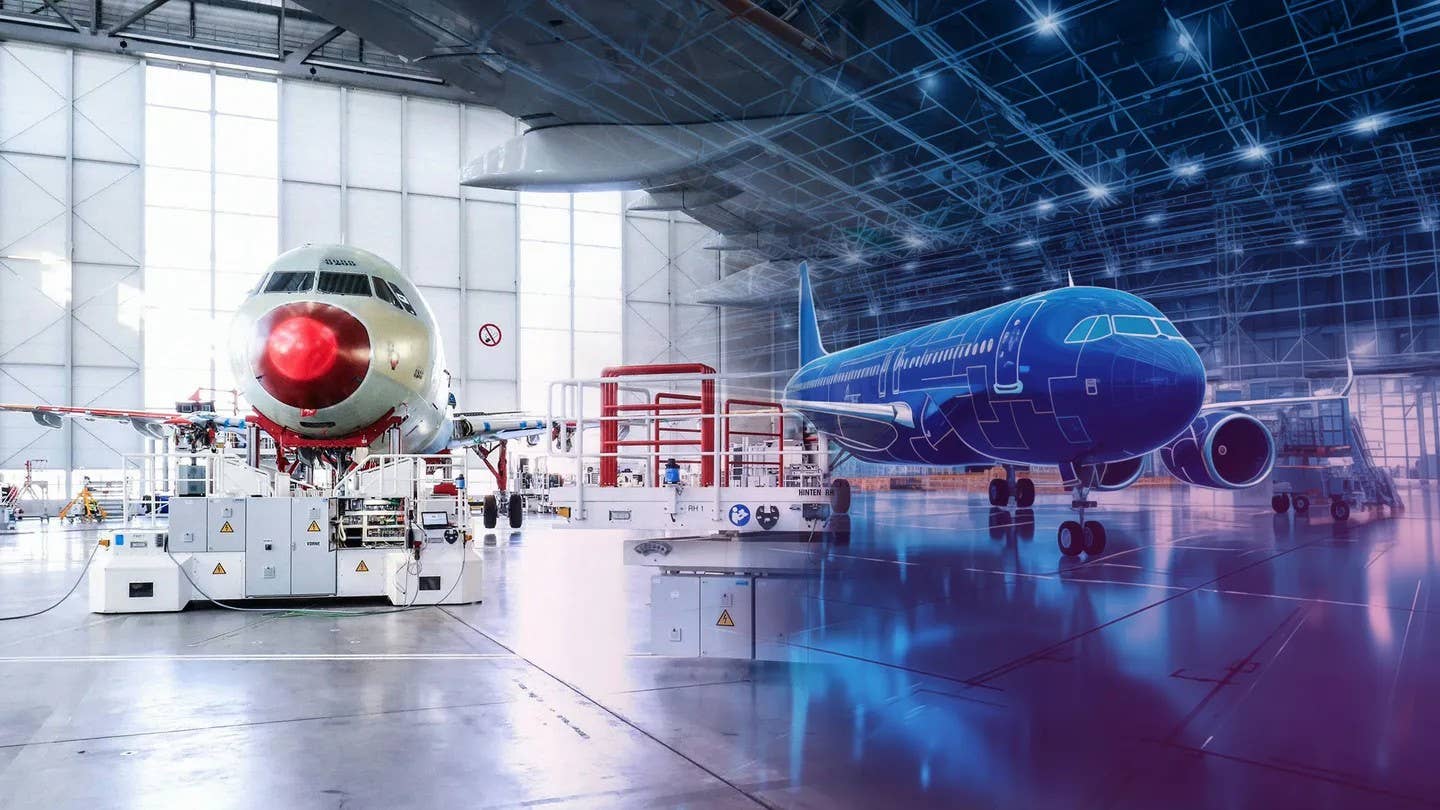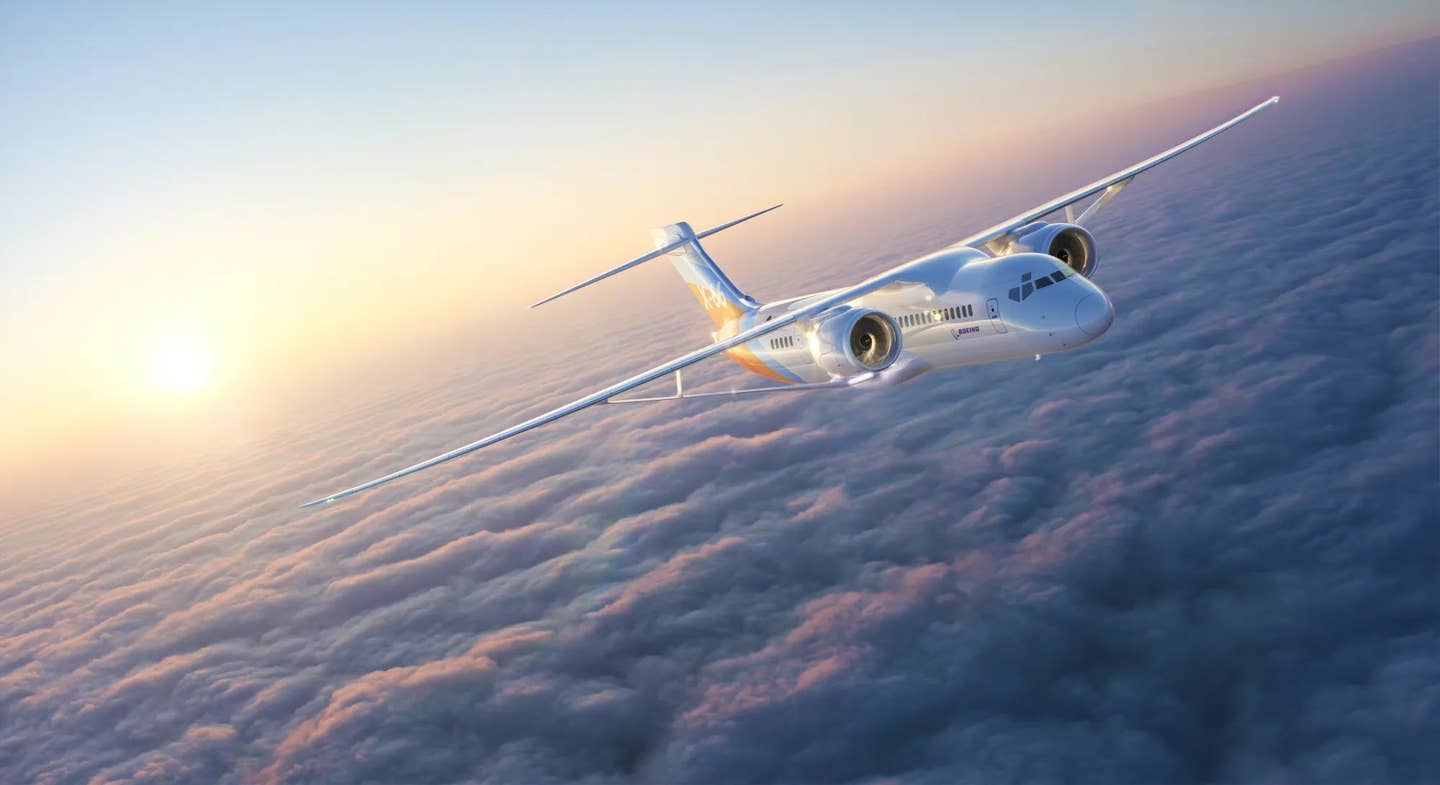Flying Over Adversity: Stay Open to Everything
Jessica Cox’s says the journey to her first solo flight felt less like a journey and more like a roller-coaster ride.

Jessica with Parrish Traweek on the day before her first solo flight. Barbara McNichol
Setbacks are inevitable when facing a big challenge. Sometimes things fall apart, or people let you down, or you let yourself down. I believe that the key to finally reaching that distant finish line is persistence.
Last month I shared how I had started flight training, and the pieces to my dream were coming together. Still, the decision to become a sport pilot meant we had to find a different airplane.
Fast forward to the start of 2008. It had been months since I last sat in the cockpit. This was the worst slump in the whole journey. To keep me motivated, I made the background on my computer a picture of an Ercoupe. I spent a few minutes every day remembering the few short hours I had already logged.
It wasn’t all idle time, though. Able Flight had offered me a scholarship. Its founder, Charles Stites, had just started giving scholarships to pilots with disabilities to learn to fly. Now they have a fantastic program at Purdue University. Thankfully, my scholarship allowed me to train anywhere I wanted. It was one sweet and unsuspecting turn of events.
Heartbreak, Then Hope
One of the great things about aviation is that pilots want to share, which I think is the driving force behind the popularity of air shows and fly-ins. I knew the Cactus Fly-In was coming up in Casa Grande, and there would be pilots and airplanes from across the southwestern U.S.
I was ready to put this journey to rest. I told myself, “If I can’t find an Ercoupe and an instructor after this airshow, then I just wasn’t meant to be a pilot.” My dad and mom were with me, and we walked and talked and walked and talked and walked some more.
We didn’t find anybody.
The walk back to the car was heartbreaking. I wanted to cry. I had wasted years trying to become a pilot. I was going to miss out on the Able Flight scholarship.
It was over.
My mom’s love language was food, so when we got back to the car, she fixed up something from the cooler we brought while my dad took a few minutes to smoke his pipe. He is an avid smoker. A stranger who was also smoking a pipe walked by our car, and my dad couldn’t let him pass by without asking what type of tobacco this guy liked. His name was Mark.
It turns out Mark thought he knew someone who could help me. His friend Parrish Traweek taught people to fly Ercoupes in San Manuel, Arizona, and Parrish had flown one of his Ercoupes to the fly-in.
I have strong feelings against smoking, but I could have bought my dad a hundred new pipes at that moment. Together, my parents, Mark, and I went back into the show to find Parrish. With Mark’s help, we quickly found him, and I told him who I was and what I wanted to do. The best part was that Parrish had a light sport Ercoupe—just what I needed!
Parrish isn’t someone who takes it easy. I was at San Manuel Ray Blair Airport (E77), training with him almost every day for months. Years of looking and the solution was only an hour from my house, which was good because I had become so rusty that I was almost starting from scratch.
Eventually, I was close to solo, but I couldn’t get my landings right. Most student pilots go through a phase when they have trouble with landings, but I felt like the only one at the time. Thankfully, Parrish made the wise decision to put me in the cockpit with another flight instructor to work on those landings. That one flight did the trick, and I started nailing them.
The Big Day
I did learn one hard lesson on the day I was supposed to solo: Don’t invite a crowd of people to watch! A gaggle of friends and family had come out to watch my solo flight. The nerves of performing for them and being in the airplane by myself turned out to be too much.
Parrish wouldn’t sign me off. It was a very awkward catered lunch at the local country club after that.
The next day, with only one other student at the airport, Parrish told me that he would sign me off to solo if I made three good landings. After giving him the three landings he asked for, Parrish had me taxi over to the hangars. He grabbed my logbook, signed my endorsement, and as he jumped out, he told me, “Make sure you can hear me on the radio.” He carried his handheld radio as he walked away from the Ercoupe and tested it out. I could hear him loud and clear.
Flying was not easy for me. Not just physically but mentally, too. To this day, it takes every piece of focus I have. So by the time I got down to the end of the runway, completed my run-up, and started to taxi onto the runway, I had forgotten I was in the airplane alone.
The Ercoupe and I raced down the runway and took off. My eyes were set on switching between the horizon and my airspeed, so it wasn’t until I was ready to make the crosswind turn that I remembered Parrish wasn’t with me.
Handling Danger
As I made the crosswind turn and made my radio call, I realized something was wrong. There was too much static on the radio, and I couldn’t hear myself or Parrish. I started to panic. I couldn’t communicate with my instructor, which was the last piece of instruction he gave me. I began to troubleshoot. Maybe it was the volume, perhaps the plugs were loose, or maybe my headset was broken.
The Ercoupe started to get away from me. Realizing what was happening, I snapped out of it. A memory of Parrish’s words came to me: Fly the airplane first. Everything else is second. I was really and truly on my own, but I could do this. I knew what to do.
I was still a little flustered when I came in to land. The Ercoupe was approaching low and slow, so I powered up for the go-around. Parrish was probably worried by this point, but I made it in to land on the second try.
Adrenaline was still pumping when I taxied up to the hangar. I jumped out and asked Parrish, “Did I scare you?” That was the biggest smile of my life. I always have a smile on my face after flying, but that was the biggest. I had soloed an airplane for the first time with just my feet.
Little did I know, I was only halfway to my check ride. The FAA hadn’t had a say in my training thus far, so I didn’t know what they would say when the time came. And what examiner would be willing to sign off on the first armless pilot’s certificate?
You’ll find out in next month’s story.
I look forward to sharing more stories with you. If you have suggestions for article topics or questions you’d like me to answer, send me an email at thearmlesspilot@gmail.com or visit www.JessicaCox.com.

Sign-up for newsletters & special offers!
Get the latest FLYING stories & special offers delivered directly to your inbox






